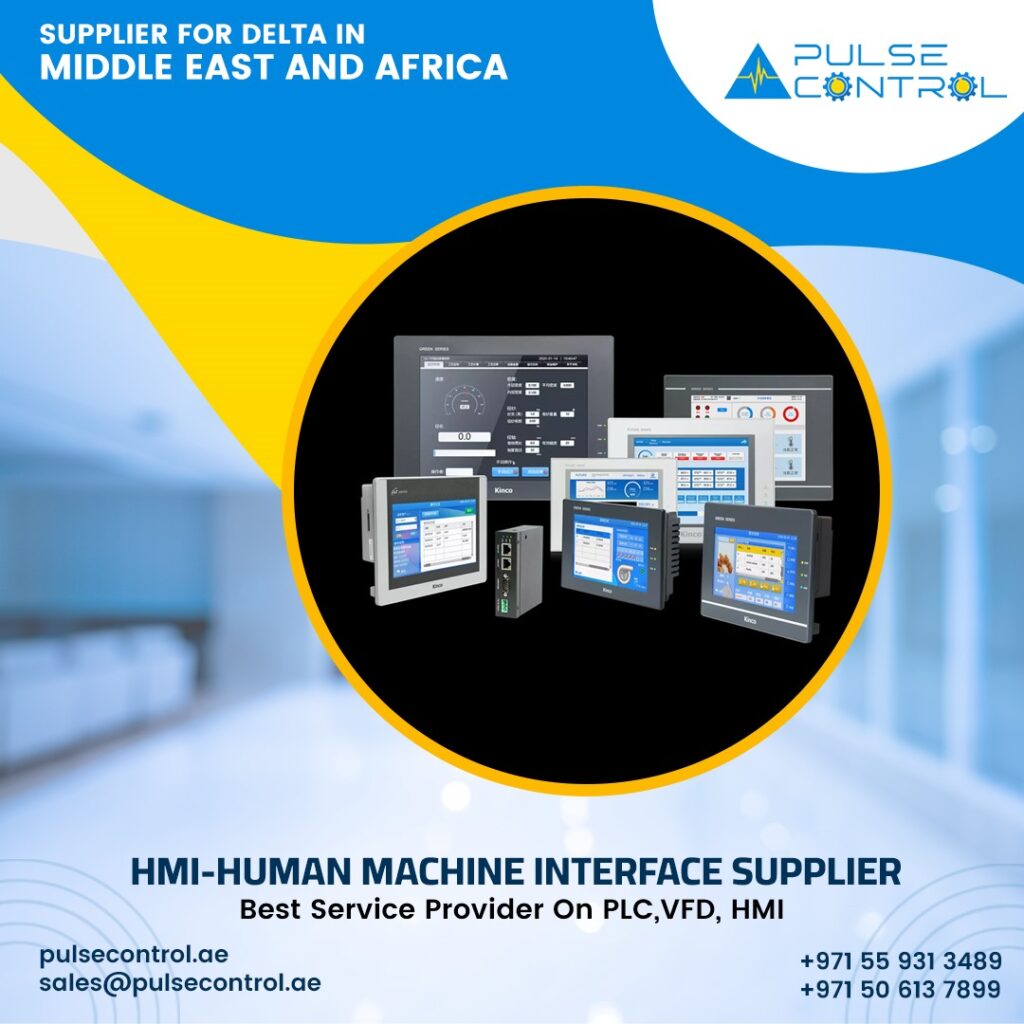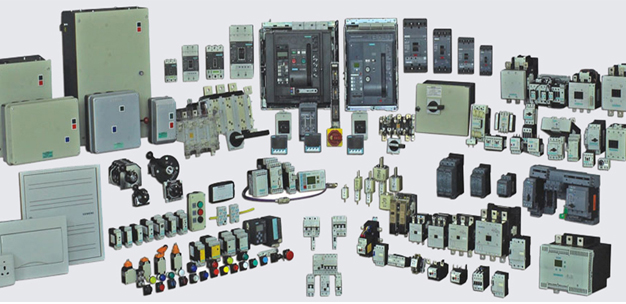Pulse Control has established itself as a leading supplier of Human-Machine Interface (HMI) solutions, offering cutting-edge technology to industries worldwide. With a focus on innovation, quality, and customer satisfaction, the company delivers a wide range of HMI products designed to enhance operational efficiency, improve user experience, and drive digital transformation in diverse sectors. Whether for industrial automation, energy management, or healthcare applications, Pulse Control provides HMI solutions tailored to meet the unique requirements of its clients.
At the core of Pulse Control’s offerings are state-of-the-art HMI systems that bridge the gap between humans and machines, enabling seamless interaction through intuitive interfaces. These systems are equipped with advanced features such as high-resolution touchscreens, real-time monitoring, and customizable dashboards, ensuring that users can operate complex machinery and processes with ease and precision. Pulse Control’s HMI solutions are designed to integrate seamlessly with existing technologies, including PLCs (Programmable Logic Controllers), SCADA (Supervisory Control and Data Acquisition) systems, and IoT (Internet of Things) devices, creating a cohesive ecosystem for automation and control.
Pulse Control takes pride in its ability to cater to a wide range of industries. In manufacturing, its HMI solutions enable operators to monitor production lines, adjust machine parameters, and analyze performance metrics in real time. This capability not only reduces downtime but also enhances productivity and quality control. In the energy sector, Pulse Control’s HMIs are instrumental in managing power plants, renewable energy systems, and smart grids, providing operators with the tools needed to optimize energy production and distribution. Similarly, in healthcare, Pulse Control’s HMIs are integrated into medical devices, allowing healthcare professionals to interact with diagnostic equipment, surgical systems, and patient monitors efficiently.
One of the key advantages of choosing Pulse Control as a supplier is its commitment to innovation. The company continuously invests in research and development to stay ahead of technological trends, incorporating features such as AI-driven analytics, cloud connectivity, and augmented reality (AR) into its HMI solutions. These advancements enable clients to gain deeper insights into their operations, predict potential issues, and implement preventive measures, thereby driving operational excellence.
In addition to cutting-edge technology, Pulse Control emphasizes user-centric design. Its HMIs feature intuitive interfaces that simplify complex processes, ensuring that operators of all skill levels can interact with the systems effectively. Customization options allow clients to tailor the interface to their specific needs, displaying only the most relevant information and controls. This flexibility makes Pulse Control’s solutions ideal for applications ranging from small-scale operations to large industrial facilities.
Pulse Control also prioritizes safety and reliability in its products. Its HMIs are designed to withstand challenging environments, such as extreme temperatures, humidity, and dust, ensuring uninterrupted performance in industrial settings. Furthermore, the systems include robust security features to protect against cyber threats, safeguarding sensitive data and maintaining the integrity of operations.
Beyond its products, Pulse Control distinguishes itself through exceptional customer service. The company works closely with clients to understand their requirements, providing expert consultation, installation support, and training to ensure seamless adoption of its HMI solutions. Ongoing technical support and maintenance services further strengthen Pulse Control’s reputation as a reliable partner in automation and control.
Pulse Control is a premier supplier of HMI systems that combine advanced technology, user-friendly design, and robust reliability. By empowering industries with innovative tools for human-machine interaction, the company plays a pivotal role in driving efficiency, productivity, and sustainability. Whether in industrial automation, healthcare, energy, or beyond, Pulse Control’s HMI solutions are shaping the future of technology and transforming the way businesses operate.



